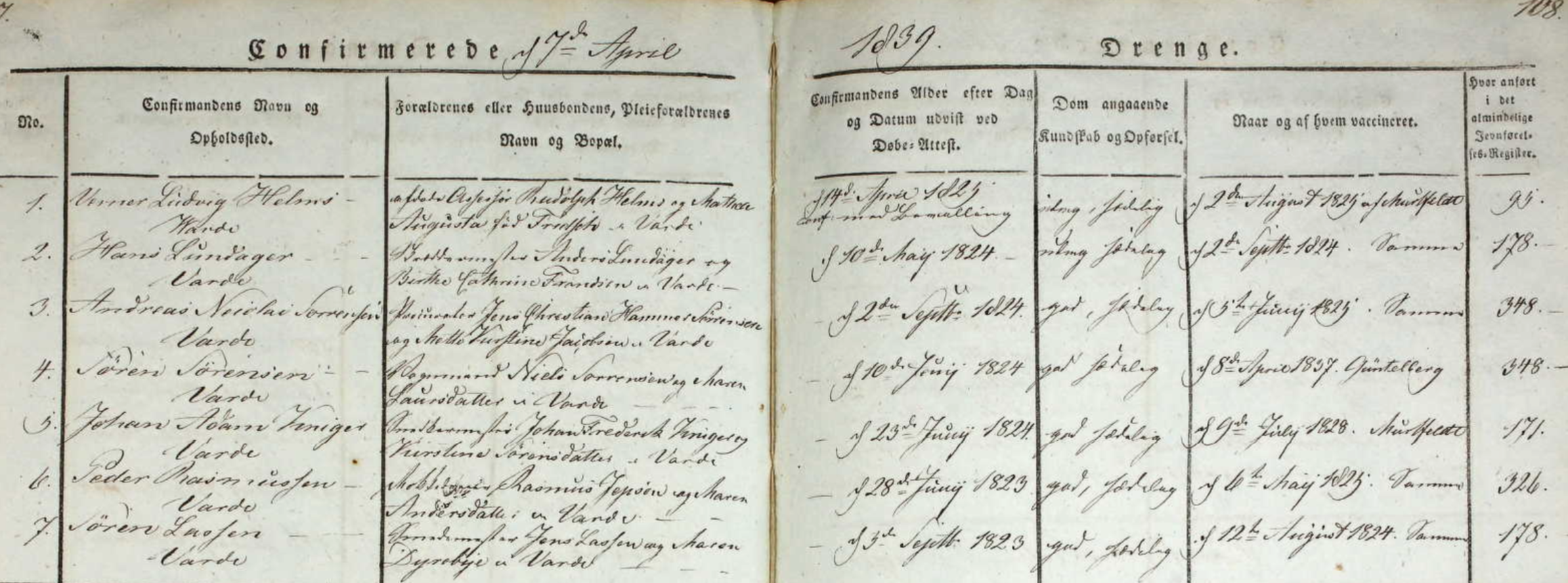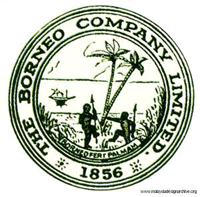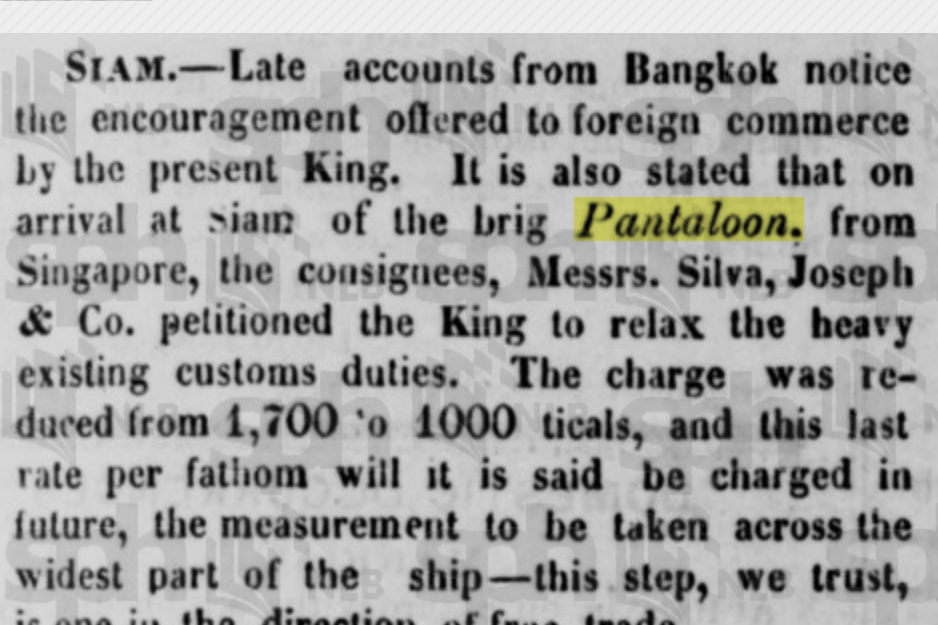Ludvig Verner Helms

Ludvig Verner Helms [Verner Ludvig on his birth certificate] (14 April 1825, Varde, Denmark – 26 July 1918, Hampstead, England) was a merchant, explorer and author of Danish ascent who was active in trade across Southeast Asia during for twenty-eight years as a trader associated with British interests — MacEwen & Co, R.& J. Henderson- in Singapor, and the first manager of the Borneo Company Limited (BCL) — registered in London by the first Rajah of Sarawak James Brooke as a mining company in London in 1856, then adding banking activities — in Sarawak from 1852. He visited the court of King Ang Duong and Cambodia, as well as the one of King Rama IV (Mongkut) in Bangkok, between February and June 1851.
“In September 1846 I left my native land, Denmark, to seek my fortunes in the world,” Helms’ opening sentence of his sole published book, Pioneering in the Far East, aptly describes the life of an indefatigable traveler who thrice crossed the Pacific Ocean, sometimes at the helm of the ship carrying him — like in 1849, when the crew refused to come back onboard in San Francisco port during his first visit to California -, and went as far as the White Sea [Белое море, Arkhangelsk, Russia] and Lapland [Finland].
His ancestor, Adam Helms, was the son of a merchant from Lübeck, the Hanseatic League city where Martin Luther launched his Reformation movement. His father Rudolph, the first apotheker (pharmacist) in the small town of Varde on the North Sea died when Ludvig was eigth years of age, and through his elder siblings he heard of the adventures of Danish merchant Mads Lange, whose daughter Cecilie was to become Sultana of Johore. In a souvenir book he later wrote for his grandchildren, he wrote:
Young, full of health and spirits, and with all the world before me, I built a hundred castles in the air… There was indeed a great fascination about Bali, no one that I had ever come across had been to it, even in books there was little to be learnt concerning it, but that little was of a nature to excite one’s curiosity. It was described as a small paradise… inhabited by an interesting, handsome race of natives who were independent, proud, and unwilling to admit Europeans among them. One stranger only, this countryman of my own, had managed to establish himself there… Romantic stories of his doings, his influence and his wealth, were afloat. These had captivated my imagination, and… I had determined to visit him and offer him my services. [1]
Starting with Bali, where he was active in 1847 – 1849, Helms traveled around the world, visiting California, Cambodia, Siam (Thailand), Sarawak (nowadays a State of Malaysia) — where he built his house, called Anaberg, while also residing in Kuching during the local insurrection -, Brunei, Japan, Australia, the White Sea. At ease with grandees, he knew to stay self-possessed and critical. While visiting the powerful head of the Mormon Church in Salt Lake City, Utah, Brigham Young, the polygamist spiritual leader attempted to flatter him by praising Scandinavian women, but he wrote in his notes: “I must say that the appearance of those seen [there] did not seem to indicate that the peculiar institution had brought them much happiness.”
In 1858, during one of his trips back to England, he married Ann Amelia Bruce, then 20, one of the six children of Thomas Bruce, a Scottish businessman, and Louisa, a couple of Nonconformists who lived in Suffolk, whose eldest sister was in living in China with her missionary husband. They had six children.
Always on the outlook for business opportunities, Helms had taken in 1851 the offer extended by the Singaporean firm Almeida & Sons to explore potential commercial relations with Cambodia. The expedition was facilitated by King Ang Duong’s representative in Singapore, Constantino de Monteiro, who had studied English in the Settlement. For this expedition, which was aimed at helping in suppressing piracy on the Cambodian coasts, Helms managed to enroll the captain of the famous British brig Pantaloon, Cpt. George D. Bonnyman, and he sailed as supercargo of the 323-ton warship loaded with merchandise to Kampot, and Bangkok. [see his account in ‘Cambodia in 1851’, JIAEA, vol 5, 1851.] He brougt back a large cargo of rice, pepper, raw silk, ivory, tortoiseshell, cardamom, gamboge, and stick-lak, along with a petition from the king for British protection. At that time, he already sensed that the French Empire was eying Cambodia and Cochinchina with increasing interest.
The Strait Times reported that Helms and the brig Pantaloon sailed back to “Kongpoot” (Kampot) and Siam in September-November 1851, persuading the King of Siam to “relax the heavy customs feees” on shipments from Singapore, from 1,700 to 1,000 ticals.
[1] Quoted by Estelle Gardner, Footnote to Sarawak [notes on the life of Ludvig Verner Helms], 1965, edited by
by Nancy P. Roe, Rebecca P. Roe, & Timothy W. Clapp, 2021, 363 p.. This is the most exhaustive study on Helms’ life and achievments to the day. [part of this study was published in Gardner, Estelle, “Footnote to Sarawak, 1859-”, Sarawak Museum Journal (SMJ) 11 no. 21⁄22 (July/Dec.1963), p 32 – 59.]



